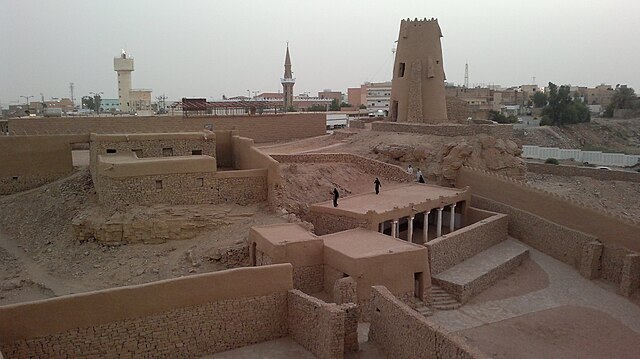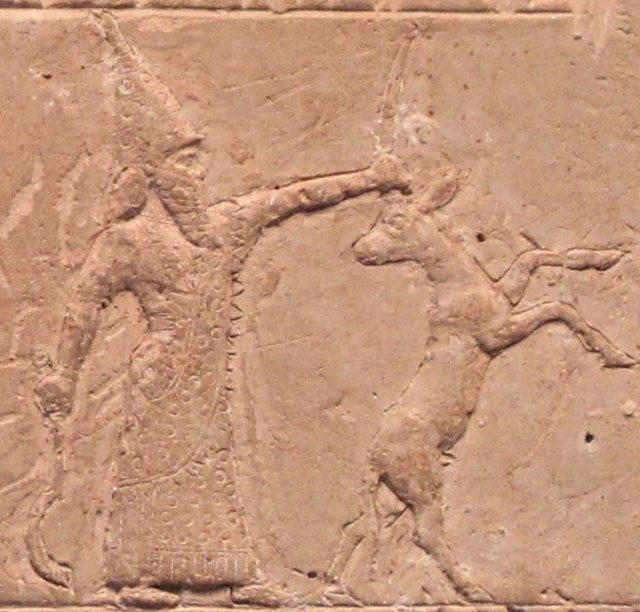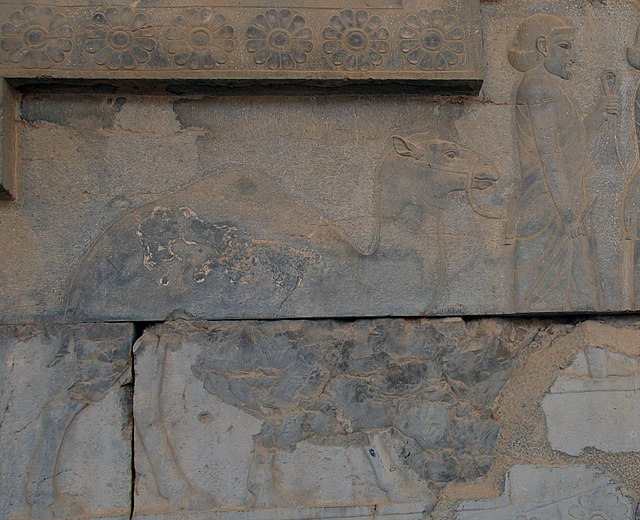Al-Jawf Province, also spelled Al-Jouf, is one of the provinces of Saudi Arabia, located in the north of the country, partially bordered by Jordan to the west. It is one of the earliest inhabited regions of Arabian Peninsula, with evidence of human habitation dating back to the Stone Age and the Acheulean tool culture. Human settlement continued unbroken throughout the Copper Age, a period that saw the kingdom of Qidar fight against the Assyrian state for its independence. It is also in this period that references to Arabs first appear in historical texts. A Christian kingdom later emerged under the rule of the Bani Kalb tribe and survived until the arrival of Islam and the Islamic conquest of Al-Jawf. Following the region's Islamization it fell under the control of the Tayy tribe. Al-Jawf was incorporated into the third Saudi state at the time of its formation in 1932. In the 20th century the region was a site of conflict between the Al-Rashid family and the Al-Shaalan family, though it eventually came under the rule of King Abdulaziz bin Abdul Rahman Al Saud.

Omar ibn al-Khattab Mosque
The Qedarites were an ancient tribal confederation of Arabia centred in their capital Dumat al-jandal in the Al-Jawf Province. Attested from the 9th century BC, the Qedarites formed a powerful polity which expanded its territory throughout the 9th to 7th centuries BC to cover a large area in northern Arabia stretching from Transjordan in the west to the western borders of Babylonia in the east, before later consolidating into a kingdom that stretched from the eastern limits of the Nile Delta in the west till Transjordan in the east and covered much of southern Judea, the Negev and the Sinai Peninsula.
Assyrian relief depicting a battle between Assyrian soldiers and Qedarite Arab warriors.
Relief from Ashurbanipal's palace depicting Assyrian soldiers pursuing camel-riding Qedarite Arab warriors.
The Neo-Babylonian king Šamaš-šuma-ukin, whose revolt against Assyria was supported by the Qedarites.
Relief from the Apadana of Persepolis depicting an Arab bringing a camel as tribute.





